Cutis laxa
This form of the disease is not inherited and comes in two variations either as a widespread insidious form which is Type 1 or a form associated with. Web Cutis laxa is a disorder of connective tissue which is the tissue that provides structure and strength to the muscles joints organs and skin.

Woman Suffers Rare Aging Disorder Cutis Laxa That Makes Her Appear Twice Her Age Daily Mail Online
Cutis laxa may be inherited or acquired.

. This disorder is usually caused a defective gene but can occur after certain illnesses. Web Cutis laxa is a rare disorder that affects males and females in equal numbers. The way in which the condition presents itself is different according to how it is inherited or acquired.
Web Cutis laxa is a connective tissue disorder characterized by skin that is sagging and not stretchy. Web Cutis Laxa CL is a rare disorder of connective tissue that affects only about 400 families worldwide or 1 in every 2000000 babies. Web About Cutis laxa autosomal recessive type 2A.
Both acquired and inherited forms exist some of which have significant systemic manifestations. Here we review the various forms of cutis laxa with. Most types of cutis laxa.
Three major groups are individualized based on the mode of inheritance. Our pages are dedicated to all those who are concerned by this rare genetic disorder Cutis Laxa. This can be related to decreased elastin synthesis or structural defects in the extracellular matrix.
At birth hypotonia overfolded skin and distinctive facial features are present and enlarged fontanelles are. Web Cutis laxa is associated with deficient or absent elastin fibers in the extracellular matrix. Web Cutis laxa is the general name for a group of rare disorders that affects your connective tissue.
Generally cutis laxa is characterized by saggy loose wrinkly and inelastic skin especially around the face neck arms legs and torso. Web Cutis laxa CL syndromes comprise a rare group of multisystem disorders that share loose redundant skin folds as hallmark clinical feature. Web Cutis Laxa is a rare disorder that causes a defect or an insufficiency of the bodys connective tissue affecting the normal structural framework of the skin muscles joints and sometimes internal organs.
May start to appear as a Newborn. There is no specific treatment but plastic surgery is sometimes done. Web Cutis laxa CL is a group of rare diseases of connective tissue characterized by redundant skin with loss of elasticity and premature aging.
This tissue gives your muscles joints skin and organs structure. Connective tissue also referred to as the extracellular matrix provides the structural framework for many parts of the body including skin muscles joints blood vessels and even internal organs. Sufferers sufferers families but also health professionnals and all people interested in rare disorders issues.
We do not accept any advertising nor receive any funds from advertisements. Cutis laxa is also known as generalised elastolysis. Web Cutis laxa or elastolysis is a rare inherited or acquired connective-tissue disorder in which the skin becomes inelastic and hangs loosely in folds.
Autosomal dominant CL autosomal recessive CL and. Most cases are inherited but some are acquired which means they do not appear to be caused by genetic variations. The diagnosis is usually based on symptoms and results of a physical examination.
Sharing knowledge Establishing a nosology and guideline working group and working protocol. Currently GARD is able to provide the following information for Cutis laxa autosomal recessive type 2A. Web Setting forward short and longer term goals in research on cutis laxa Funding acquisition in an international context WORKING GROUP CLINIC RESEARCH Inventory of available expertise Inventory of ongoing research projects.
Web Cutis laxa is an inherited or acquired disease characterized by redundant sagging and inelastic skin. CL results from impaired elastic fiber assembly and homeostasis and the known underlying gene defects affect different extracellular matrix proteins intracellular trafficking or cellular metabolism. Acquired cutis laxa also called generalized acquired elastolysis is the disease covered in this document.
Web Cutis laxa is a rare disorder of connective tissue that causes the skin to stretch easily and hang in loose folds. Cutis laxa may be caused by mutations in the genes. There are 4 hereditary forms.
Web Cutis laxa is a rare disorder of elastic tissue resulting in loose redundant hypoelastic skin. 1 Heritable forms have variable transmissions and clinical expressions. The main symptom is very loose skin.
In inherited cutis laxa an abnormal synthesis of extracellular matrix proteins occurs due to genetic defects coding for diverse extracellular matrix components. Web Cutis Laxa Internationale. Web Cutis laxa is an extremely rare connective tissue disease that is inherited or acquired.
Cutis laxa can also affect connective tissue in other parts of the body including the heart blood vessels joints intestines and lungs. Cutis laxa is estimated to affect 1 in 1000000 individuals in the general population. The skin often hangs in loose folds causing the face and other parts of the body to have a droopy appearance.
Web ATP6V0A2-related cutis laxa is characterized by generalized cutis laxa findings associated with generalized connective tissue disorder developmental delays and a variety of neurologic findings including abnormality on brain MRI. Many rare diseases have limited information. SKIN RARE DISORDERS AND COVID-19.
The disorder has been reported in approximately 400 families worldwide. This section is currently in development. Patients develop a prematurely aged.
Web Cutis laxa is characterized by lax skin hanging in loose folds. ELN ATP6V0A2 ATP7A FBLN4 FBLN5 and PYCR1. Web Cutis laxa Latin for loose or lax skin is a rare inherited or acquired connective tissue disorder characterised by loosely hanging skin that lacks any elasticity.

Cutis Laxa A Review Sciencedirect
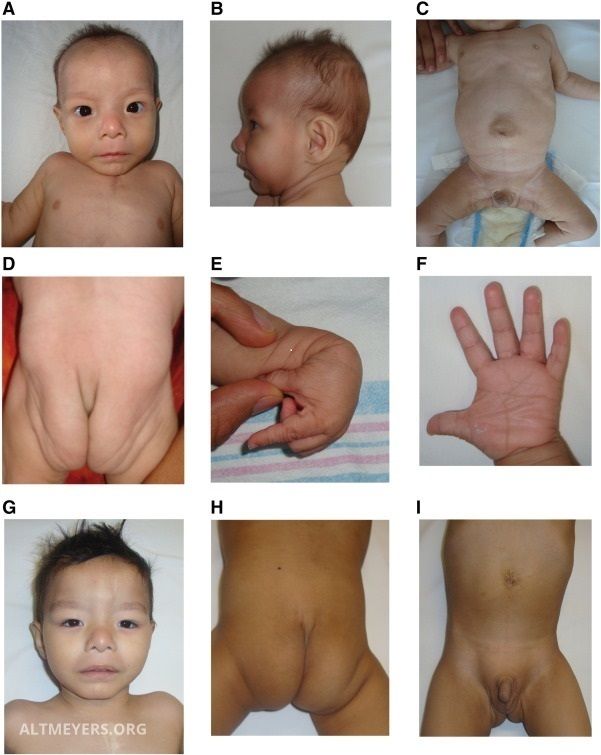
Cutis Laxa Autosomal Rezessive Typ 2a Altmeyers Enzyklopadie Fachbereich Dermatologie
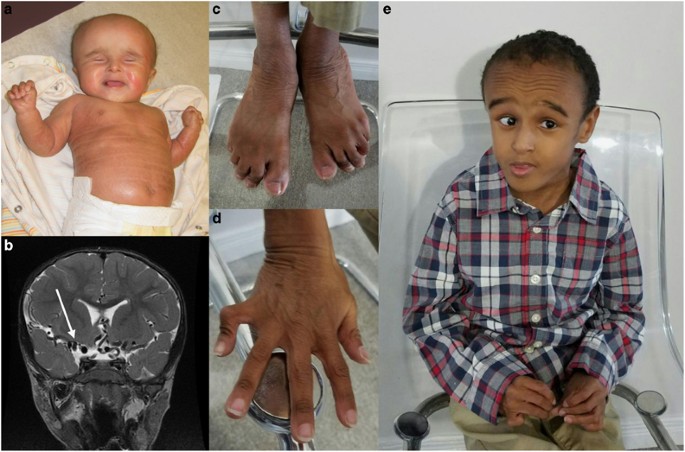
Autosomal Dominant Cutis Laxa With Progeroid Features Due To A Novel De Novo Mutation In Aldh18a1 Journal Of Human Genetics

Orthodontic Treatment For A Patient With Congenital Cutis Laxa Sciencedirect
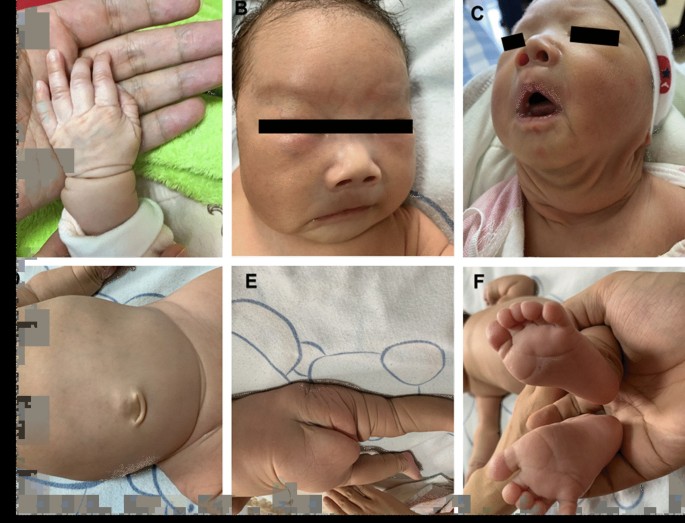
Two Novel Compound Heterozygous Variants Of Ltbp4 In A Chinese Infant With Cutis Laxa Type Ic And A Review Of The Related Literature Bmc Medical Genomics Full Text
Cutis Laxa Case Report

Acquired Cl Cutis Laxa University Of Pittsburgh
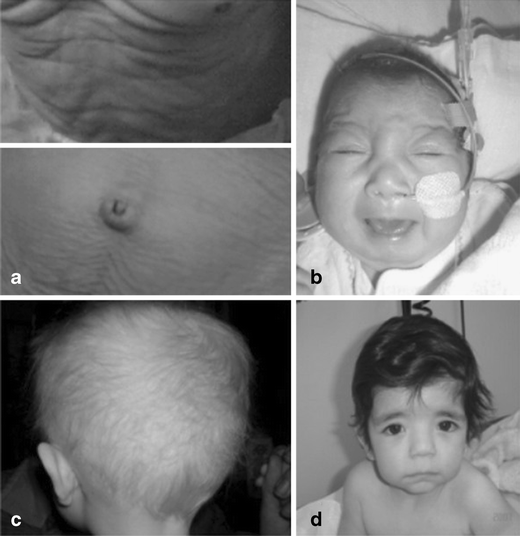
Metabolic Cutis Laxa Syndromes Springerlink
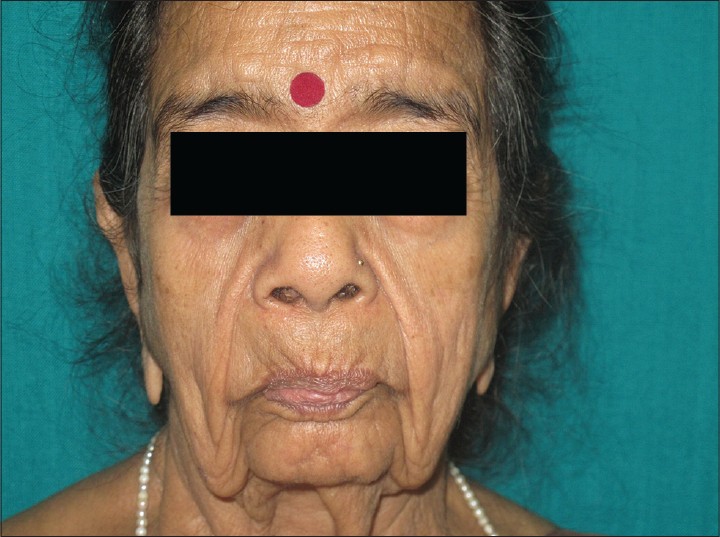
Acquired Cutis Laxa Of Face With Multiple Myeloma Indian Journal Of Dermatology Venereology And Leprology
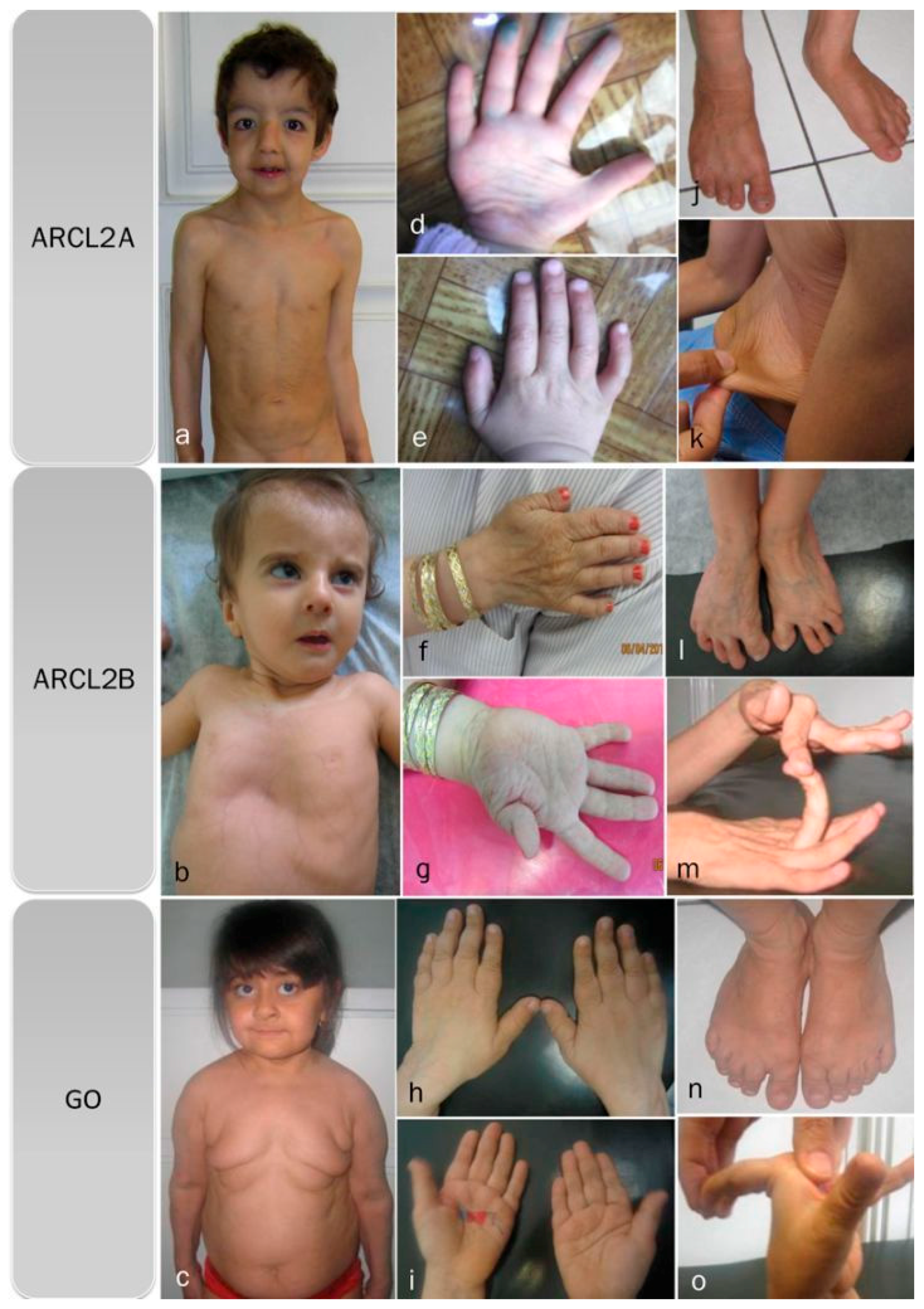
Ijms Free Full Text Discriminative Features In Three Autosomal Recessive Cutis Laxa Syndromes Cutis Laxa Iia Cutis Laxa Iib And Geroderma Osteoplastica
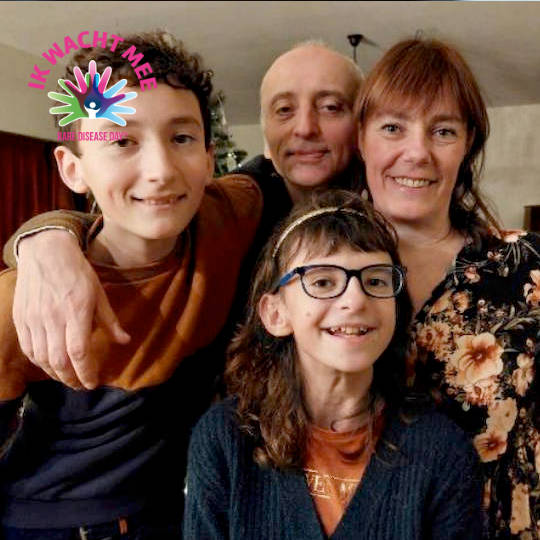
Sofie Mama Van Amber 13 Met Autosomaal Dominant Cutis Laxa Type 3
Cutis Laxa Pictures
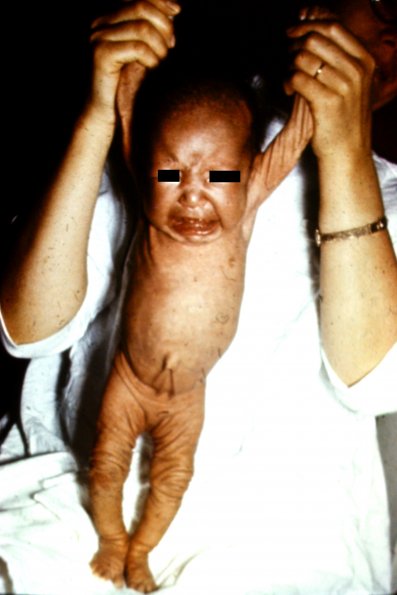
Cutis Laxa Cutis Laxa Dr Robert J Schoenfeld Wayne State University Som Dermatology Image Atlas Wsusom Dermatology Image Atlas
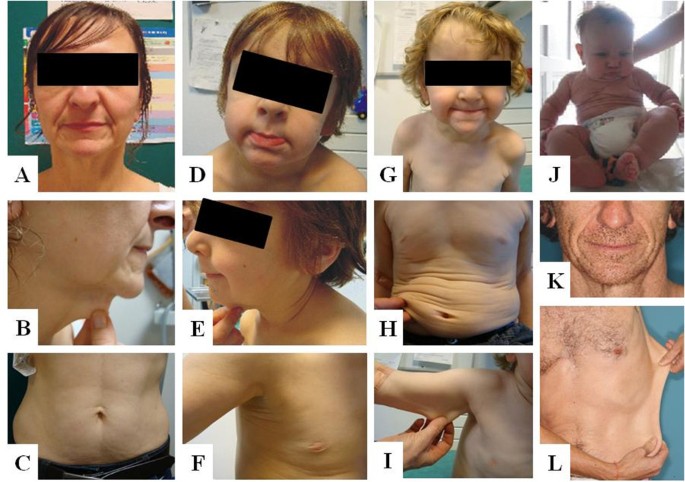
Twenty Patients Including 7 Probands With Autosomal Dominant Cutis Laxa Confirm Clinical And Molecular Homogeneity Orphanet Journal Of Rare Diseases Full Text
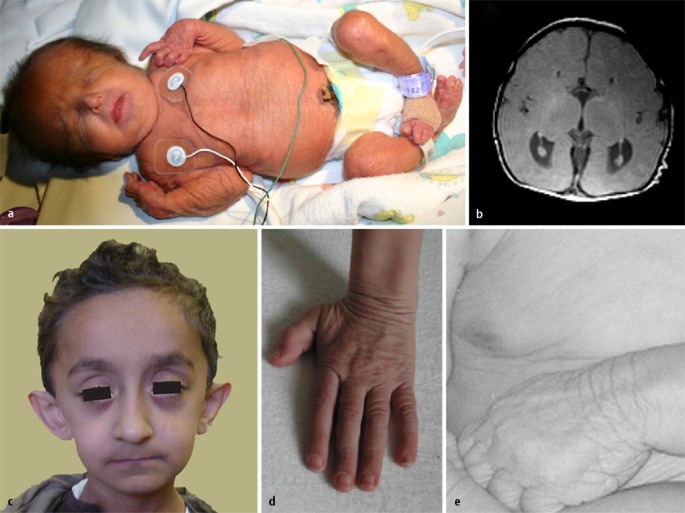
Progeroide Autosomal Rezessive Cutis Laxa Syndrome Springerlink

Acquired Cutis Laxa Associated With Heavy Chain Deposition Disease Sciencedirect
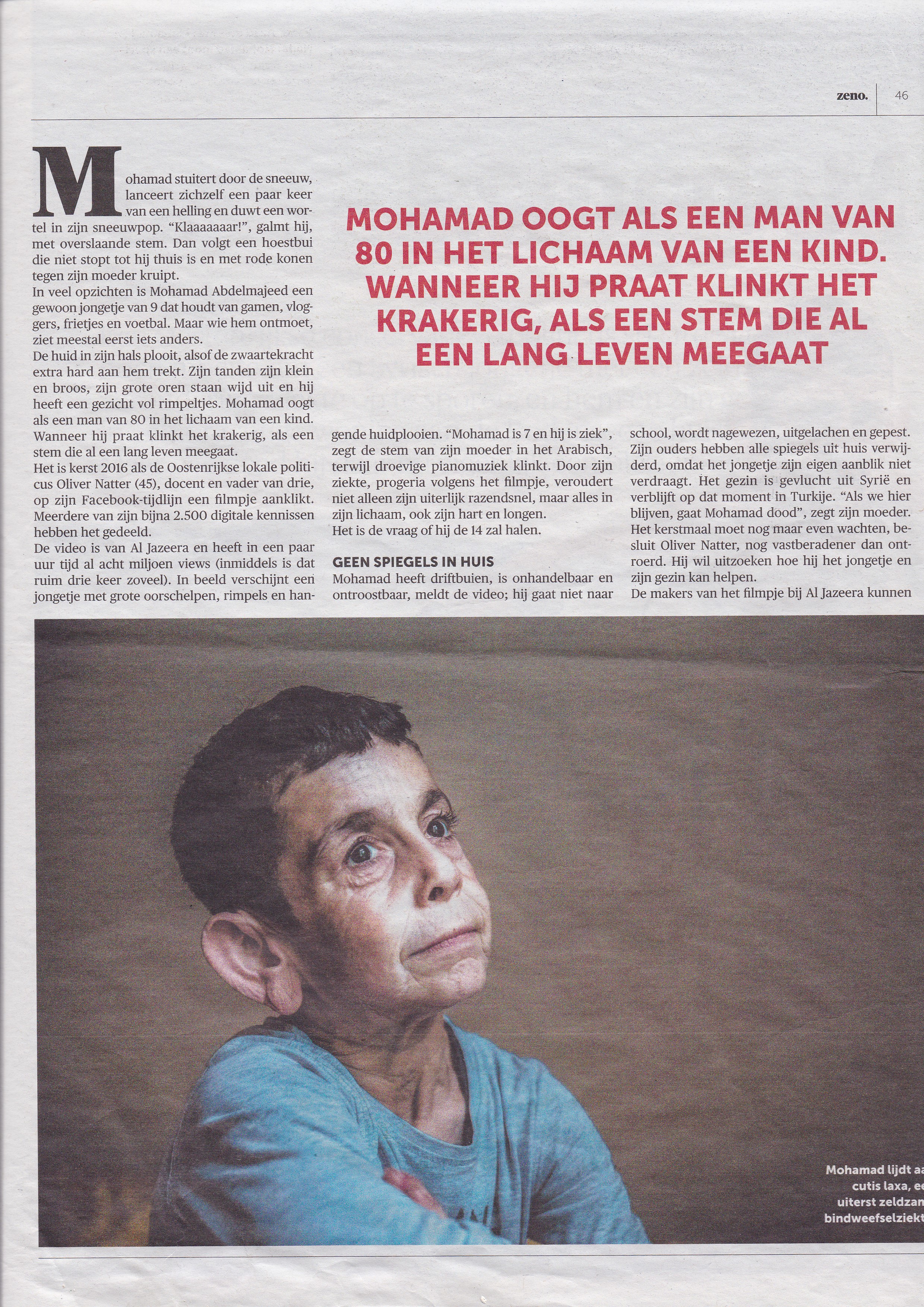
Mohammed In Austria Cutis Laxa Internationale